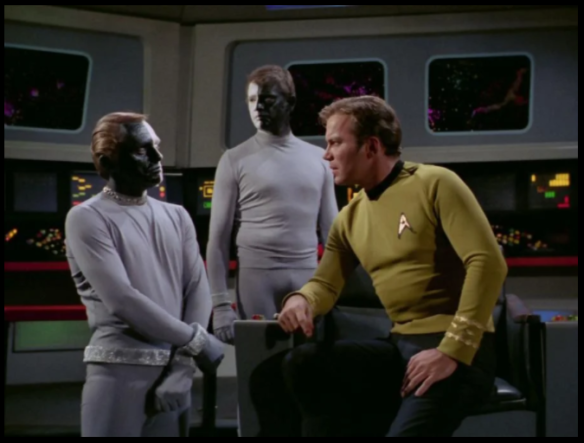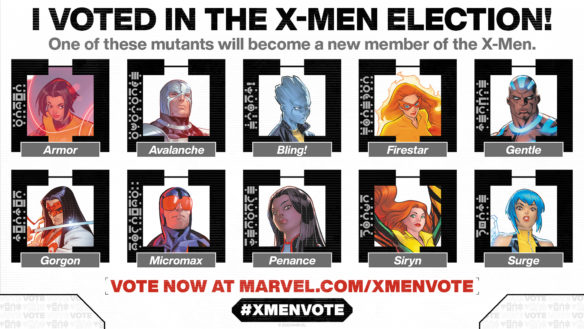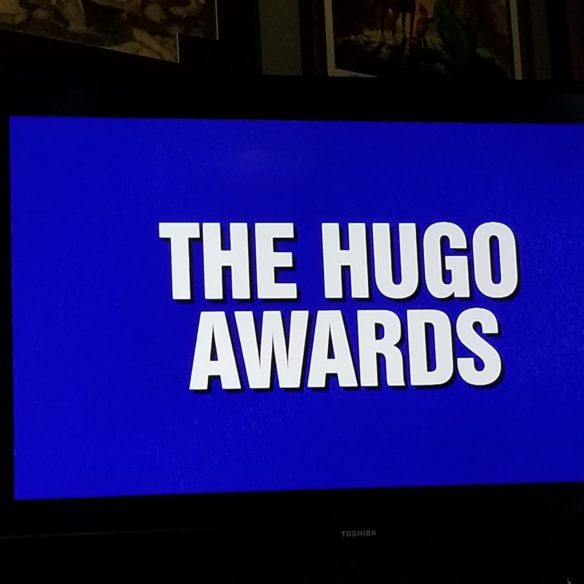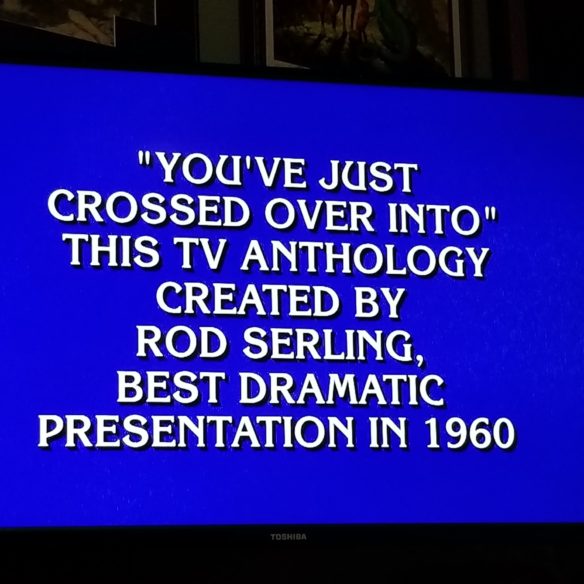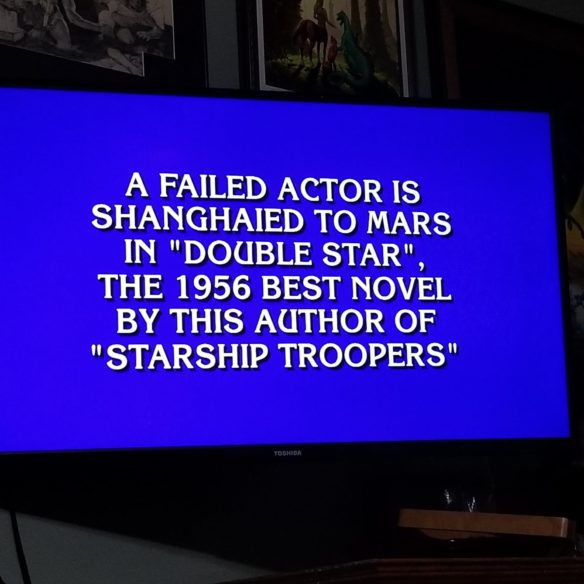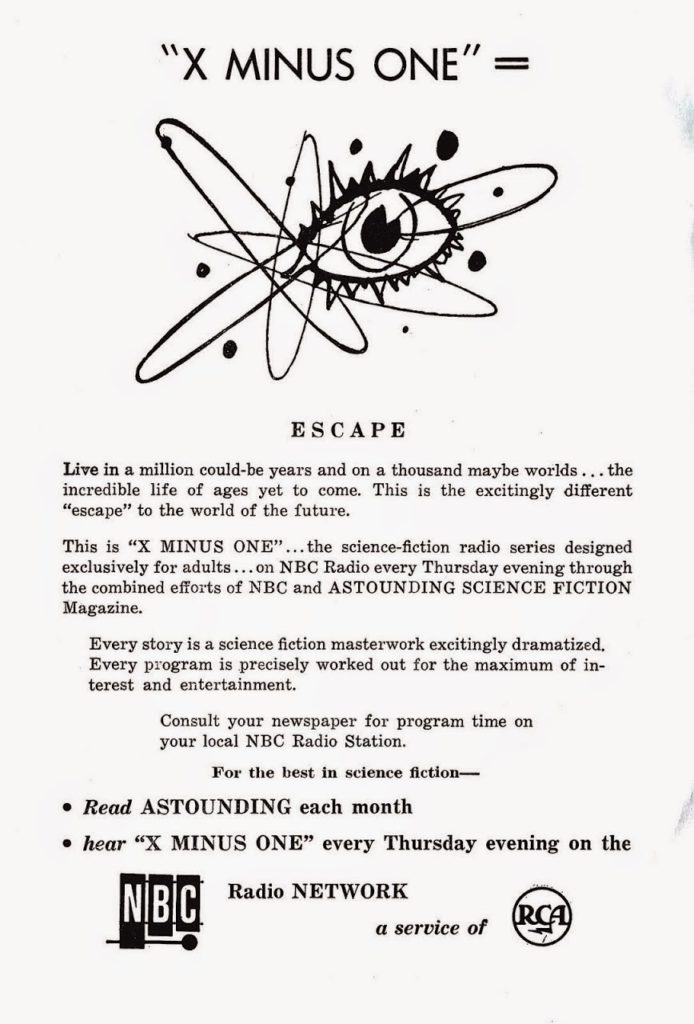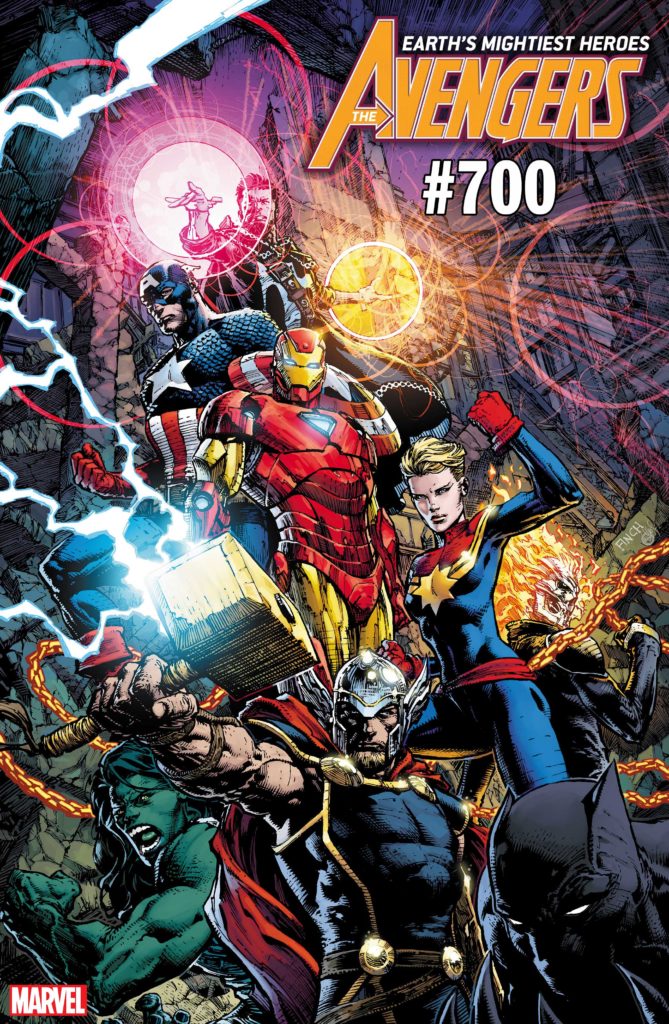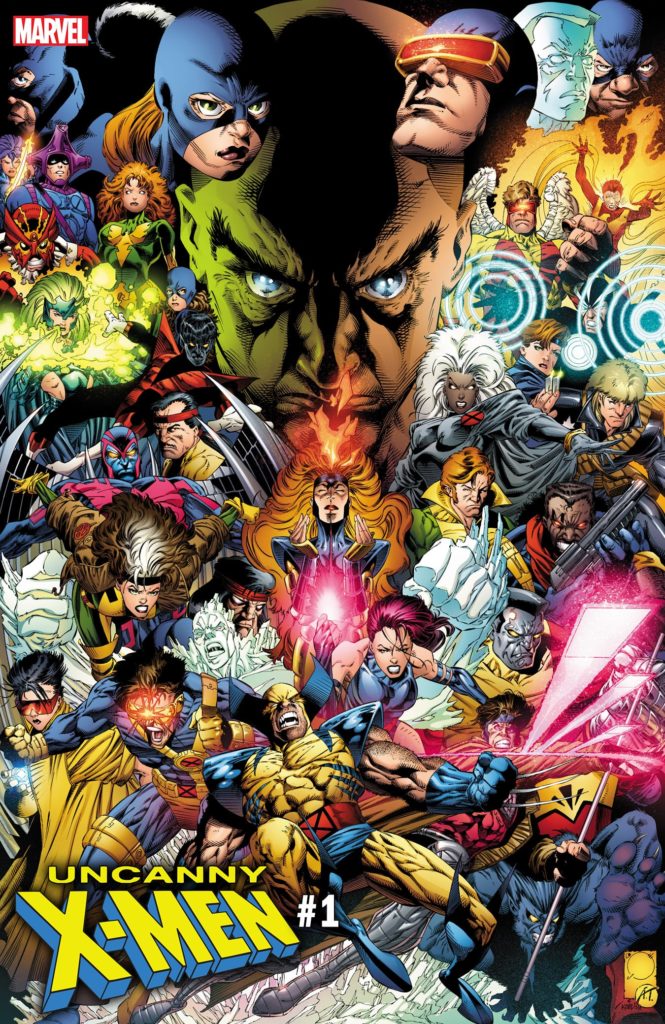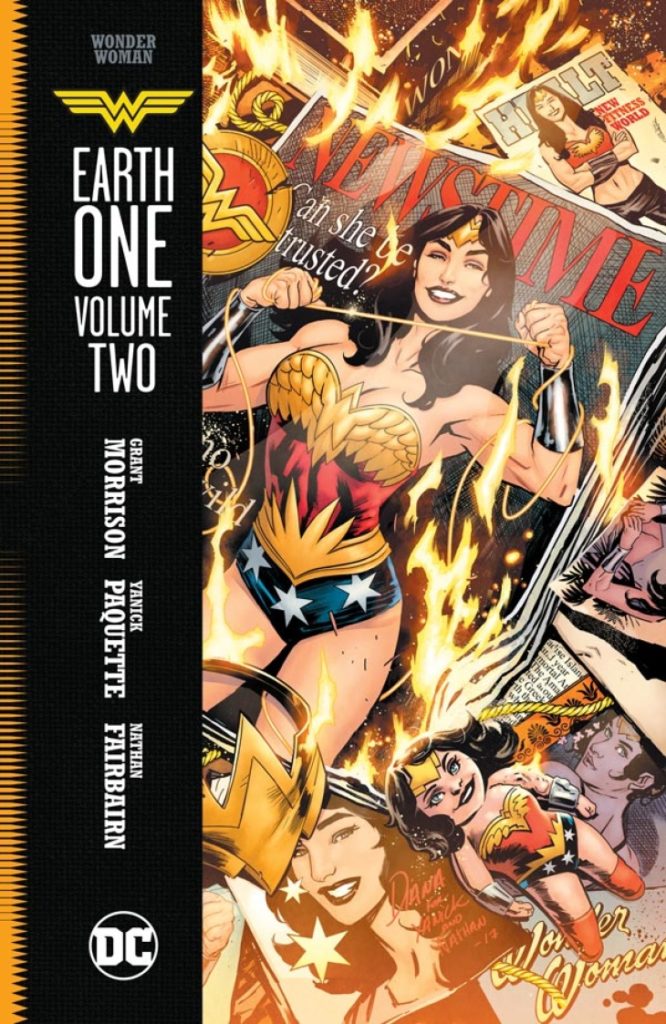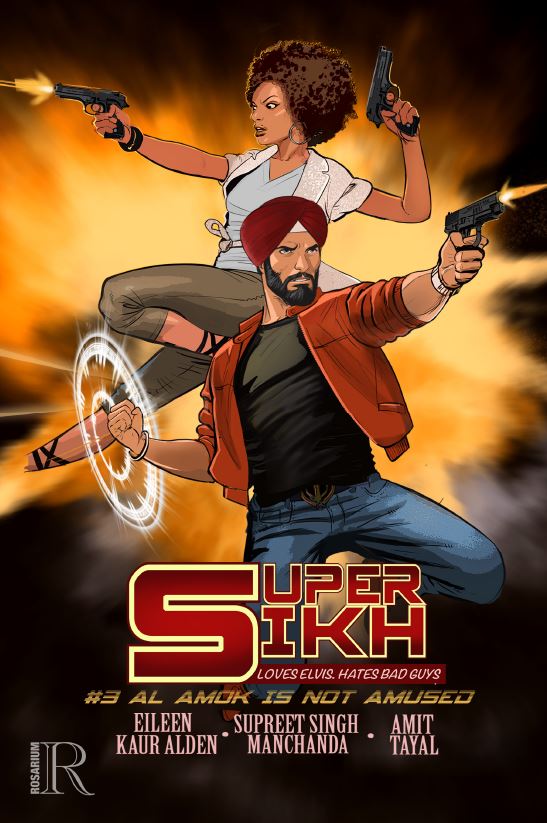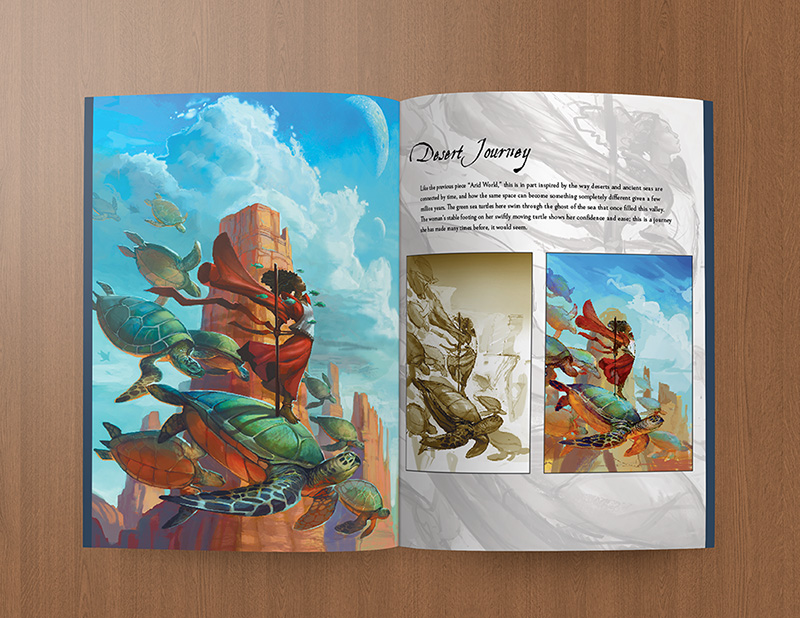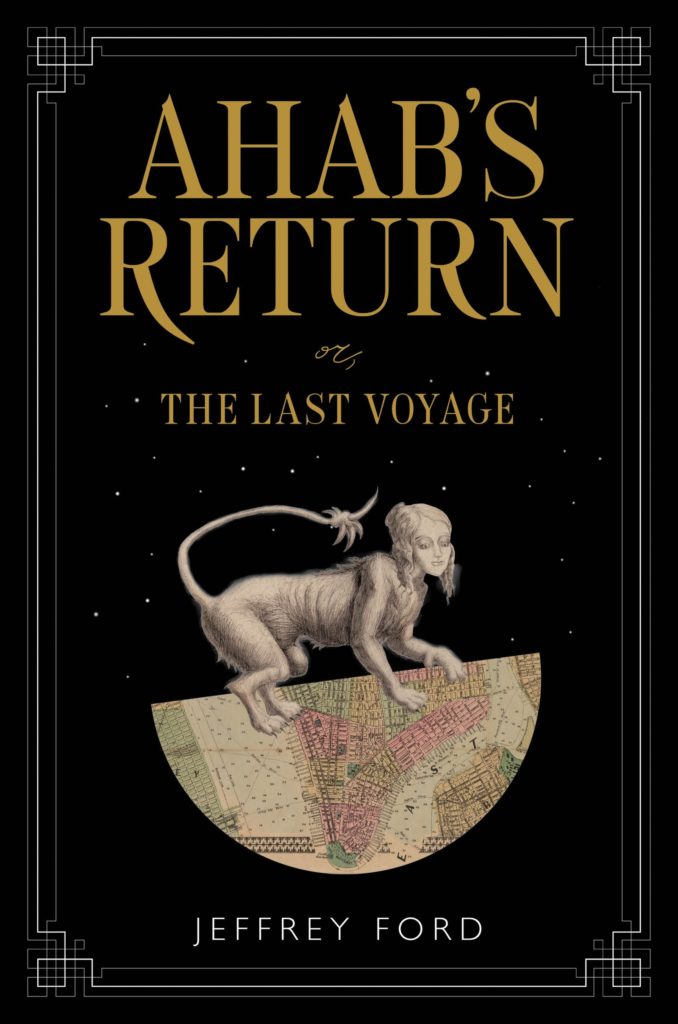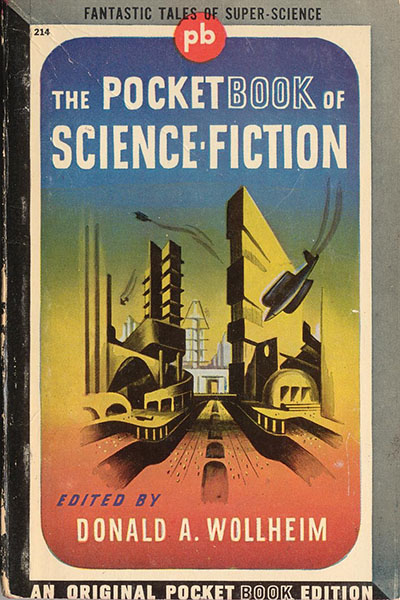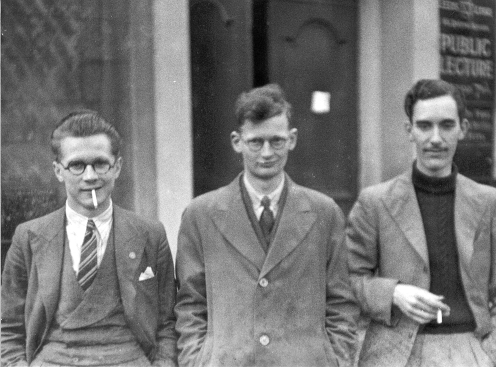(1) CHICON 8 COVID UPDATE. The Chicon 8 committee has notified attending members that another 19 people present at the 2022 Worldcon last weekend have tested positive for Covid. (The first email listed 8 cases.)
Where known, it includes information about the locations and times that the people were before they tested positive. Some have allowed Chicon 8 to release their names.
(2) 1946: ONCE MORE, WITH FEELING! First Fandom Experience is taking a victory lap today: “1946 Project Wrap-Up: We Had Fun!”
During Chicon 8, First Fandom Experience had the privilege of organizing the 1946 Project. The program track encompassed sixteen panels and presentations….
…To inform our program, we published a series of blog posts with historical context on SFF and fandom in 1940:
- Science Fiction and Fantasy in the Pulps: 1946
- Science Fiction and Fantasy in Books: 1946
- The Fan Cave, c1940s
- A Year in Fandom: 1946
- A Vote for van Vogt in ’46
- What Can We Learn From the 1946 Pacificon Program Book?
- A Year in the Life of a Fan: Joe Kennedy in 1946
- Ray Bradbury’s Preposterously Productive 1946
The last one, about Ray Bradbury, also posted today.
In 1946, Ray Bradbury — then age 26 — saw seventeen of his stories in print. His tales appeared in ten different professional magazines. Six were genre pulps. Four were mainstream “slicks.”…
(3) TROUBLE WITH REDBUBBLE. The Glasgow 2024 Worldcon announced yesterday their Redbubble merchandisde account has been suspended.
We’ve just been made aware that our Redbubble account has been suspended.
We are investigating this at the moment and thank you in advance for your patience.
It’s important to us that our art and artists are recognised and we would ask that you only buy Glasgow 2024 merchandise from our official accounts.
The same thing happened to Chicon 8, and their account is still down.
Ron Oakes wrote a good commentary about this problem on Facebook.
…I am not up on the exact reason that Redbubble has given for the suspension, but comments surrounding the announcements have indicated that both of these cases have involved having the artwork that the conventions had licensed from the artists and then to Redbubble being stolen and used to produce knock-off convention merchandise….
…As fans, please ensure that you get your convention merchandise from a genuine source. This may not always be the convention, as some conventions allow other vendors to utilize their name on some merchandise – usually only at the event. And generally, make sure that any artwork you buy online comes from the actual artist or license holder.
Herman Ellingsen commented there:
…Redbubble do absolutely nothing to stop people from stealing art on their page.
If they would reduce the quality of the artwork on their web page, and/or add watermarks, and/or use web codes that makes it difficult to download the artwork, stealing artwork on redbubble would be more difficult….
(4) THE MAN FROM UNCLE’S. Minneapolis CBS affiliate WCCO reports that Uncle Hugo’s is back: “Beloved sci-fi bookstore, established in ’70s, reopens after burning down during unrest”. There’s a 2-minute clip of the aired news report at the link.
…Blyly almost called it quits, but it was the regulars who convinced him to start over.
Insurance money from the fire, as well as selling books online during the pandemic, went a long way toward allowing Blyly to reopen.
It took him 18 months to find his new location, a building one block from what was the Minneapolis Police Department’s 3rd Precinct headquarters, and across the street from Moon Palace Books.
“Probably 95% of the used books here on the shelves are from my own personal collection,” Blyly said…
(5) ANOTHER SIDE OF DAW. Reviews of the documentary Casa Susanna intersect with the life of science fiction figure Donald A. Wollheim: ” … Betsy Wollheim, the daughter of science-fiction writer Donald, who recounts her discovery after his death of his life as a cross-dresser. (Donald’s experience is also recounted via excerpts from a book he wrote under a pseudonym, A Year Among The Girls.)”
Yahoo! — “’Casa Susanna’ Review: A Lost Chapter of Queer History Comes to Life”.
In the tireless drive toward progress, it’s easy to forget the past. When it comes to queer history, discrimination and fear of persecution discouraged, if not actively erased, the documenting of queer life. Queer historians have had to fight tooth and nail to reclaim countless writers, artists, and musicians, even if they lived quite openly during their lifetimes. After all, if Emily Dickinson could write her “hot and feverish” letters to Susan without academia recognizing her queerness until recently, what chance was there for everyday queer people of yore?
Brilliantly, a nearly lost chapter of queer history has been delicately excavated in “Casa Susanna,” a sumptuous documentary about an oasis where trans women and crossdressing men found community throughout the 1950s and ’60s….
…The film gently navigates the shifting mores and language around gender expansive identities, allowing the older trans women to self-identify and using their language as a guidepost. It’s not too often you hear the words crossdresser, transvestite, and transsexual these days, but it only adds to the film’s appeal as a rare time capsule. Fascinatingly, Casa Susanna was strictly for “straight men,” and their wives often accompanied them on their weekends upstate. The fear of being outed as gay followed them, creating strict divides….
Screen Daily: “’Casa Susanna’: Venice Review”.
…Memories are placed front and centre as the director approaches the story of Casa Susanna — an unassuming house in New York’s Catskills where men could freely adopt a female identity — from the perspective of some of those who found refuge there or whose lives were touched by extension. The power of recollection is evident from the start as octogenarian Katherine Cummings makes a pilgrimage back to the Catskills and begins to tell her story with the warmth of memory infusing every word. Her journey not only includes a ship voyage from Australia to North America but a decades-long interrogation of her own identity that was helped by the friendships she found at Casa Susanna.
Joining her is Diana Merry-Shapiro, who crossed paths with Katherine at Casa Susanna while on her own journey from a Lutheran upbringing to gender-affirmation surgery, and Betsy Wollheim, the daughter of science-fiction writer Donald, who recounts her discovery after his death of his life as a cross-dresser. (Donald’s experience is also recounted via excerpts from a book he wrote under a pseudonym, A Year Among The Girls.)….
… There’s a fair bit of myth-busting here, as while some might expect flamboyant drag, home video from the Casa shows how those who visited wanted to emulate upper-middle-class feminine elegance. There’s also a real sense of the fear people like Betsy’s father had about their ”secret” getting out. Lifshitz takes time to explore these stories, letting conversations or remembrances flow freely. They run from joy at acceptance so profound it is likely to move you to tears, to sadness at the impact on Donald’s daughter of what seems to have been unresolved unhappiness, as the story of what happened to the Casa and its owners is also gradually revealed….
(6) NERFS IN SPACE. Gizmodo makes sure we know “Hasbro’s Next Wild Nerf Gun Is a Star Trek Phaser”.
Hasbro’s Nerf “LMTD” crossover has given us foam dart versions of everything from the Aliens pulse rifle to The Mandalorian’s rifle—and now it’s boldly going into a very peculiar collaboration with Star Trek.
Hasbro has revealed that its next project in the crossover lineup is a Star Trek mashup to give us not one, but two of the franchise’s most iconic hand-held weapons—the Starfleet Type 3 (that’s the phaser rifle) and Type 2 (the standard phaser seen in TNG, DS9, and Voyager) phasers….

(7) MEMORY LANE.
1973 – [By Cat Eldridge.] All of you I suspect remember the Ray Walston fronted My Favorite Martian series that lasted three seasons on CBS for one hundred and seven episodes. But likely, you may have forgotten that forty-nine years ago that there was an animated series called My Favorite Martians (noted the “s”) that lasted a wee bit shorter, well a lot shorter as CBS pulled it after just sixteen episodes.
That might have had something to do with the fact that Ray Walston refused to participate in it as the money offered him was quite appalling. So they got Jonathan Harris of Lost in Space fame to do his role. And no, Bill Bixby wasn’t around either for similar reasons.
Howard Morris voiced Tim O’Hara, Detective Brennan and Andromeda. Jane Webb did Katy O’Hara and Lorelei Brown.
It did poorly in ratings and was quickly cancelled. The series used a number of scripts from what would have been season four of the live series. Jack Chertok Television co-owned it, with the Chertok company retaining all merchandising rights to the show. Jack Chertok Television had developed My Favorite Martian.
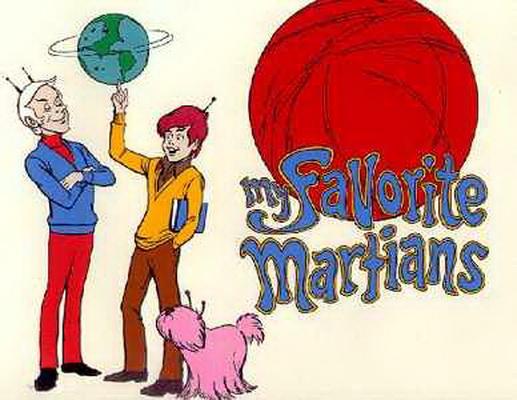
(8) TODAY’S BIRTHDAYS.
[Compiled by Cat Eldridge.]
- Born September 8, 1911 – Byron Morrow. He’s the first original Trek Admiral appearing as an Admiral in two episodes, Admiral Komack, in “Amok Time” and as Admiral Westervliet “For the World is Hollow and I Have Touched the Sky”. Other genre appearances include Cyborg 2087, Mission Impossible, Colossus: The Forbin Project, Panic in Year Zero!, The Resurrection of Zachary Wheeler, Rollerball and Fantasy Island. (Died 2006.)
- Born September 8, 1925 — Peter Sellers. Chief Inspector Clouseau in the Pink Panther films which are genre. Of course, he had the tour de force acting experience of being Group Captain Lionel Mandrake, President Merkin Muffley and Dr. Strangelove in Dr. Strangelove or: How I Learned to Stop Worrying and Love the Bomb. He also took multiple roles (even the Queen) in The Mouse That Roared. Amusingly he was involved many folk tale productions in various mediums (film, radio, stage) including Cinderella, Tom Thumb, Mother Goose and Jack and The Beanstalk. (Died 1980.)
- Born September 8, 1945 — Willard Huyck, 77. He’s got a long relationship with Lucas first writing American Graffiti and being the script doctor on Star Wars before writing Indiana Jones and the Temple of Doom. And he was the writer and director on Howard the Duck which, yes, is a Lucasfilm. It’s the lowest ever production scored on Rotten Tomatoes by Lucasfilm production ever did at 15% followed by Radioland Murders, the last script he’d write for Lucasfilm which would be a not quite so dismal twenty four percent.
- Born September 8, 1937 — Archie Goodwin. Comics writer and editor with a very long career. He was the writer and editor of the horror Creepy and Eerie anthologies, the first writer on the Iron Man series, wrote comic book adaptations for Marvel of the two Star Wars sequels and edited the Star Wars line for them. For DC, he edited Starman which Robinson said he was inspiration for. (Died 1998.)
- Born September 8, 1948 — Michael Hague, 74. I’m very fond of East of the Sun and West of the Moon retold by him and his wife Kathleen. Not to be missed are his Wind in The Willows and The Hobbit which are both lovely takes on those tales.
- Born September 8, 1952 — Linda D. Addison, 70. First Black winner of the Stoker Award which she has won five times. Amazingly, the first two awards were for her poetry collections Consumed, Reduced to Beautiful Grey Ashes and Being Full of Light, Insubstantial. Indeed all five of her Awards were to be for poetry collections. She also is the author of the story “Shadow Dreams”, published in the Black Panther: Tales of Wakanda anthology.
- Born September 8, 1954 — Mark Lindsay Chapman, 68. Sorry DCU but the best Swamp Thing series was done nearly thirty years ago and starred the late Dick Durock as Swamp Thing and this actor as his chief antagonist, Dr. Anton Arcane. Short on CGI which wasn’t really needed when the scripts were brilliant. Chapman has also shown up in Poltergeist: The Legacy, The New Adventures of Superman, The Langoliers and Max Headroom to name a few of his genre appearances.
- Born September 8, 1966 — Gordon Van Gelder, 56. From 1997 until 2014, he was editor and later publisher (which he still is) of The Magazine of Fantasy & Science Fiction, for which he was awarded twice, and quite well deserved they were, the Hugo for Best Editor Short Form. He was also a managing editor of The New York Review of Science Fiction from 1988 to 1993, for which he was nominated for the Hugo a number of times.
- Born September 8, 1975 — C. Robert Cargill, 47. He, along with Scott Derrickson and Jon Spaihts, worked on the script for Doctor Strange. More intriguingly they’re writing the script for The Outer Limits, a movie based on the television show. The film, produced by MGM, will be adapted from just the “Demon with a Glass Hand” episode begging the question of what they’re writing for a script given that Ellison did write the Writers Guild of America Awards Outstanding Script for a Television Anthology script.
(9) COMICS SECTION.
- Frank and Ernest say Robin Hood is getting some questionable applicants to work with him.
(10) MAGICALLY DELICIOUS? [Item by Martin Morse Wooster.] I saw this in the supermarket. But I didn’t buy it! “Kellogg’s Introduces New Disney Hocus Pocus 2 Cereal” at Chew Boom.

(11) THE PLANE OF JARS. [Item by Martin Morse Wooster.] In the Washington Post, John Kelly discusses a contest Burma-Shave ran in 1958 where they offered a free trip to Mars for anyone who turned in 900 bottles of the stuff and what they did when Arliss French actually did it. “Remembering the grocer who convinced Burma-Shave to send him to ‘Mars’”. Registration is required to read the full article there, however, Neatorama covered it about a decade ago:
…The company also posted two promotional offers on their signs; the first one (“Free offer! Free offer! / Rip a fender off your car / mail it in / for a half-pound jar / Burma-Shave”) resulted in some actual fenders being mailed to the company, which made good on its promise. The second promotion (in the title of this post) stimulated the imagination of Arliss French in Appleton, Wisconsin.
French managed the town’s Red Owl supermarket and offered to pay customers 15 cents for every empty Burma Shave jar they brought in. He ran a full-page ad in the paper reading, “Send Frenchie to Mars.” As the empties accumulated in his store, he telegraphed the company, “Please advise where to ship the jars.”
The folks at Burma Shave scrambled to avoid embarrassment. Thinking he would decline, they offered to send him to the village of Moers, Germany (which they insisted was pronounced, “Mars”) if he would wear a space suit for the trip. He agreed.
French and his wife departed New York at the company’s expense on Dec. 2, 1958. He wore a football helmet and a silver costume emblazoned with the Red Owl logo. When he arrived in Moers two days later, all 78 residents turned out to greet him….
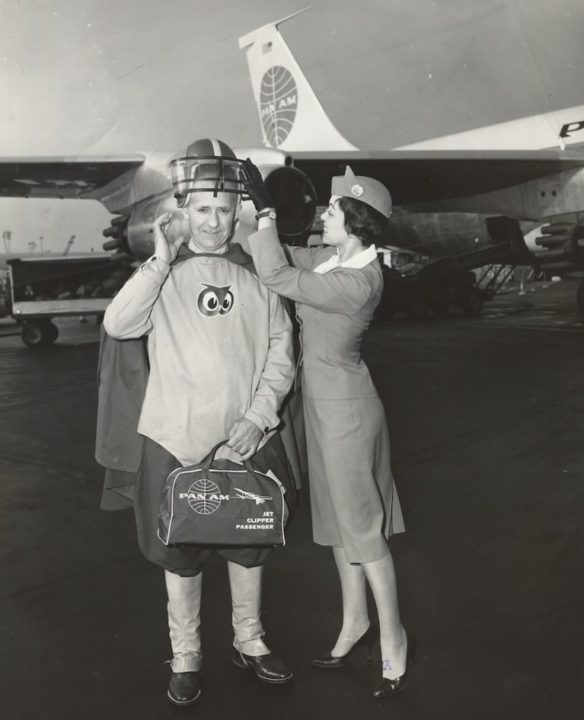
(12) SECOND SLICE. [Item by Martin Morse Wooster.] I regard Knives Out as fandom-adjacent so here is the sequel. “Glass Onion: A Knives Out Mystery”.
(13) SLITHER IN. [Item by Michael Toman.] Does the world (or your automobile?) need another new bumper sticker? “I BRAKE FOR VENOMOUS SNAKES”. From MSN.com: “Officials Close Illinois Road for Mass Migration of Venomous Snakes”.
The U.S. Forest Service (USFS) is closing three miles of a road in southern Illinois this September and October due to heavy traffic…of snakes. The closure is meant to protect snakes undertaking a biannual migration in the Shawnee National Forest, 90 miles southeast of St. Louis.
…Meanwhile, tourists travel from around the country to observe and photograph the phenomenon. “You’ll see a surprising number of out-of-state license plates,” Vucovich said. He advises that visitors drive carefully. But if they venture to where the snake traffic is thickest—typically along a 2.7-mile stretch of Great River Road—they’ll have to walk carefully because that section of the road will be closed to motorized vehicles. “Forest Road 345 is the number,” said Vukovich. “Everybody knows it as Snake Road. It’s just a great place to come watch snakes.”…
[Thanks to Mike Kennedy, Martin Morse Wooster, JJ, Olav Rokne, John King Tarpinian, Andrew Porter, Chris Barkley, Michael Toman, and Cat Eldridge for some of these stories. Title credit belongs to File 770 contributing editor of the day Chris S.]


